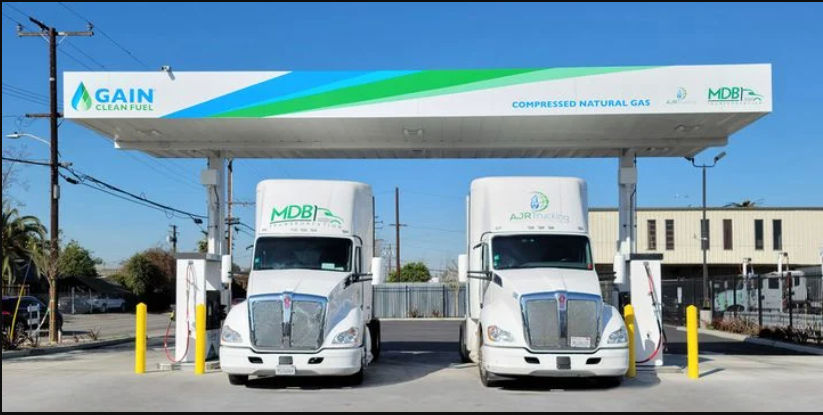
While battery electric vehicles have a clear path for passenger vehicle adoption, they aren’t always the best solution for fleets. High upfront cost, high initial carbon impact from manufacturing, and long charging times reduces their usefulness for OTR trucking. However, they’re ideal for local delivery routes that require smaller batteries and offer longer charging times. Renewable fuels, including biodiesel and biopropane, are relatively cheap to implement. This reduces near-term emissions. Hydrogen fuel cells offer lower emissions than biofuels without the range issues of BEVs.
How do you know which fuels to choose? First, create a fleet inventory. Look at the number of vehicles you have, the ways they’re used, their daily average mileage, their fuel consumption, and the fuels they use. This way, you know the demands you need to meet, as well as the areas that can benefit most from new power technologies.Next, establish a baseline for emissions. By compiling the data from the inventory, you can identify exactly how much carbon your fleet is releasing. This lets you track the performance of your decarbonization initiatives over the following years.
Finally, form partnerships that help you create and put decarbonization plans into action. This includes internal resources, like the company’s sustainability office, as well as outside resources, including consultants and communities like the Science Based Targets initiative (SBTi.) It also helps to look at large businesses leading the way, learning what you can and applying their methods to your own fleet.



